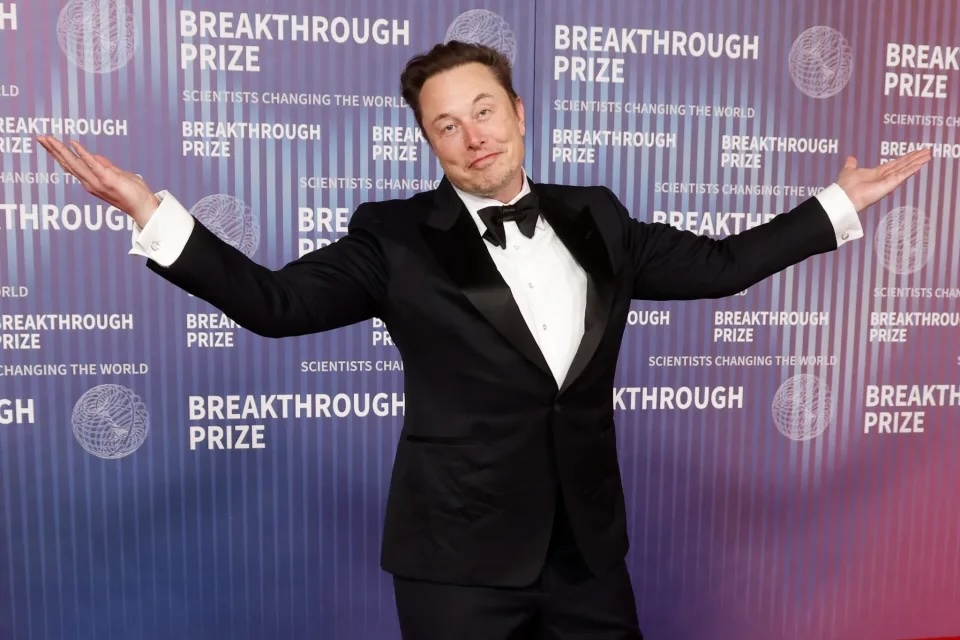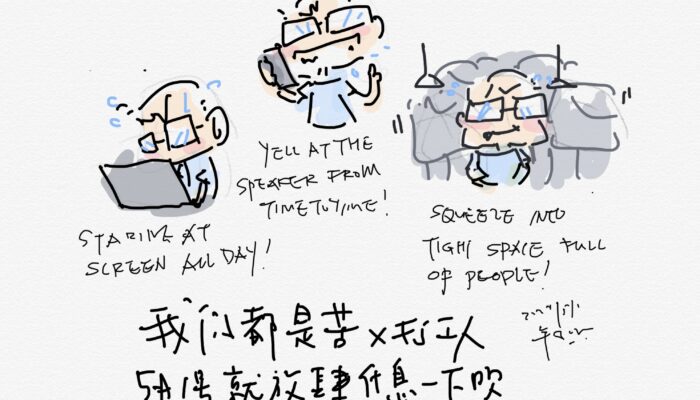
5-1 #HappyLaborDay : TSMC has announced its “A16” will enter production in 2H26; Samsung Electronics is deepening ties with Zeiss Group; ASML will no longer service certain chipmaking equipment purchased by Chinese customers; etc.

Taiwan Semiconductor Manufacturing Co (TSMC) has announced that a new chip manufacturing technology called “A16” will enter production in 2H26. The announced 1.6nm process relies on gate-all-around nanosheet transistors, just like the upcoming N2, N2P and N2X architectures based on the 2nm node. The new process alone allows 10% higher clock speeds at the same voltage and up to 20% lower power drain at the same frequency and complexity. Depending on the chip design, the new 1.6nm process can also fit up to 10% more transistors. TSMC says that along with the Super Power Rail (SPR), which is the type of plug used to connect the chip to the power source, the backside power delivery network will prove beneficial mostly to AI and HPC processors that require complex signal wiring and dense power networks.(GSM Arena, Reuters, Android Headlines, MSN)
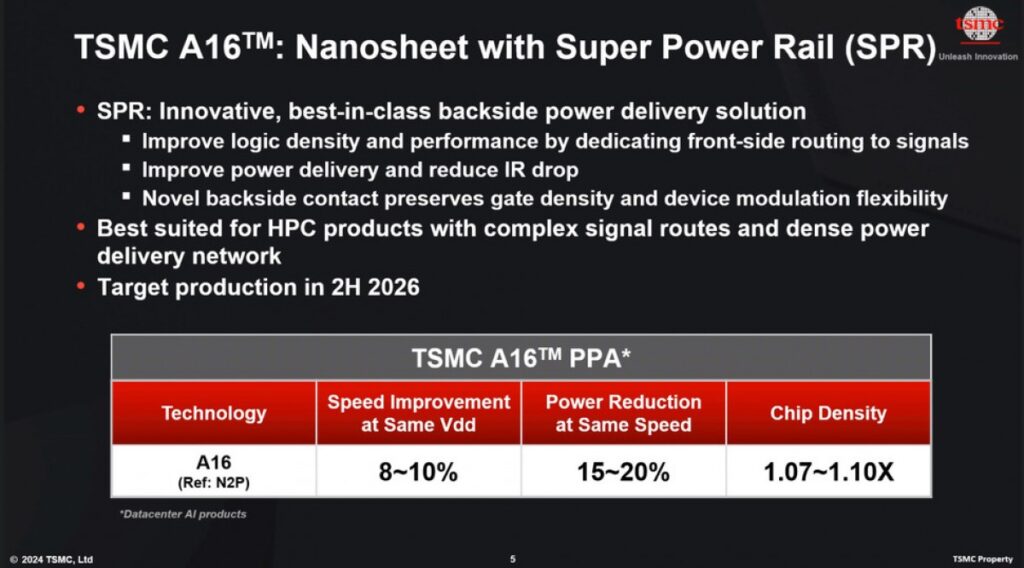
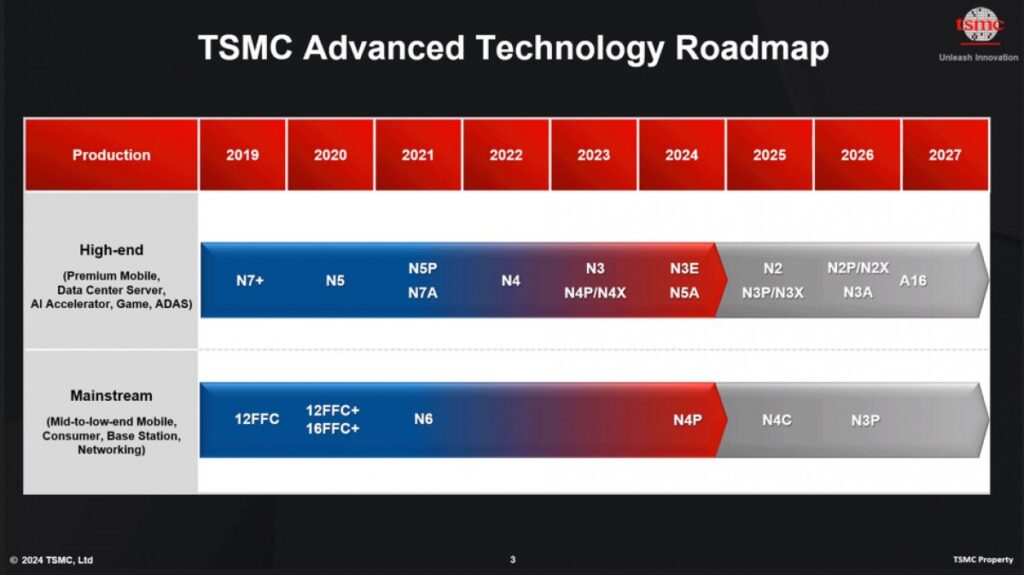
Samsung Electronics is deepening ties with Zeiss Group, the sole provider of optical systems to the world’s only extreme ultraviolet (EUV) lithography system supplier ASML, in next-generation EUV and chip technologies. Jay Y. Lee, the executive chairman of the South Korean chip giant, met Karl Lamprecht, president and chief executive officer of Zeiss. They agreed to expand partnerships in EUV technology and cutting-edge semiconductor equipment research and development to enhance both companies’ business competitiveness in the foundry and memory chip sectors. In Nov 2022, Zeiss announced a plan to invest about KRW48B (USD35M) to build its first-ever foreign country-based R&D center for research microscopy solutions in Korea.(Android Headlines, KEDGlobal)
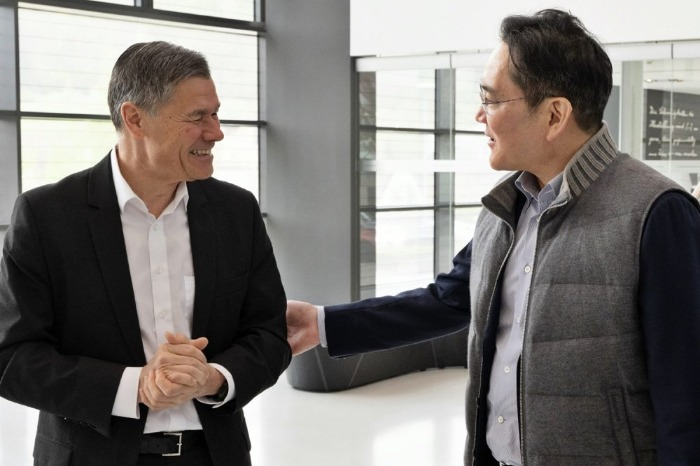
Since the beginning of 2024, the rise in prices of gold, copper and other metals has impacted the semiconductor industry. Many semiconductor companies such as Shenzhen ICM Semiconductor, Zhejiang Yaxin Microelectronics, Wuxi HaloChip, Nanjing Chiplink Technology, as well as Shandong TG Star, Shenzhen Sanliangsheng Semiconductor, Ningbo Kangqiang, etc. have issued price adjustment letters. Among them, Zhejiang Yaxin’s fine-adjustment notice showed that the unit price of its entire series of products increased by 15%-20%, Wuxi HaloChip’s price increase this time ranged from 10% to 20%, and Shandong TG Star’s packaging products increased in price around 10%. The above price adjustments will be implemented in the near future. Regarding the reasons for the price adjustment, the above-mentioned companies all mentioned that the prices of raw materials such as upstream metals have increased since the end of 2023, which has affected the quotations of the semiconductor industry. (CN Beta, EET-China, LTN, China Star Market, My Drivers, ICSmart)
Intel CEO Pat Gelsinger has confirmed that the upcoming 18A process Panther Lake CPU generation is on track for a mid-2025 release date. Intel says the official version (1.0) of the PDK kit for Intel 18A will be available in 1Q24. Clearwater Forest (Xeon 7 energy-efficient core) and Panther Lake (expected to become Intel Core 300 series) processors based on this process are now entering the fab. Capacity ramping for these products will begin in 1H25, with product launches in mid-2025. Intel believes both Clearwater Forest and Panther Lake will be the best products in their respective categories. (CN Beta, Extreme Tech, IT Home, TechRadar, WCCFTech)
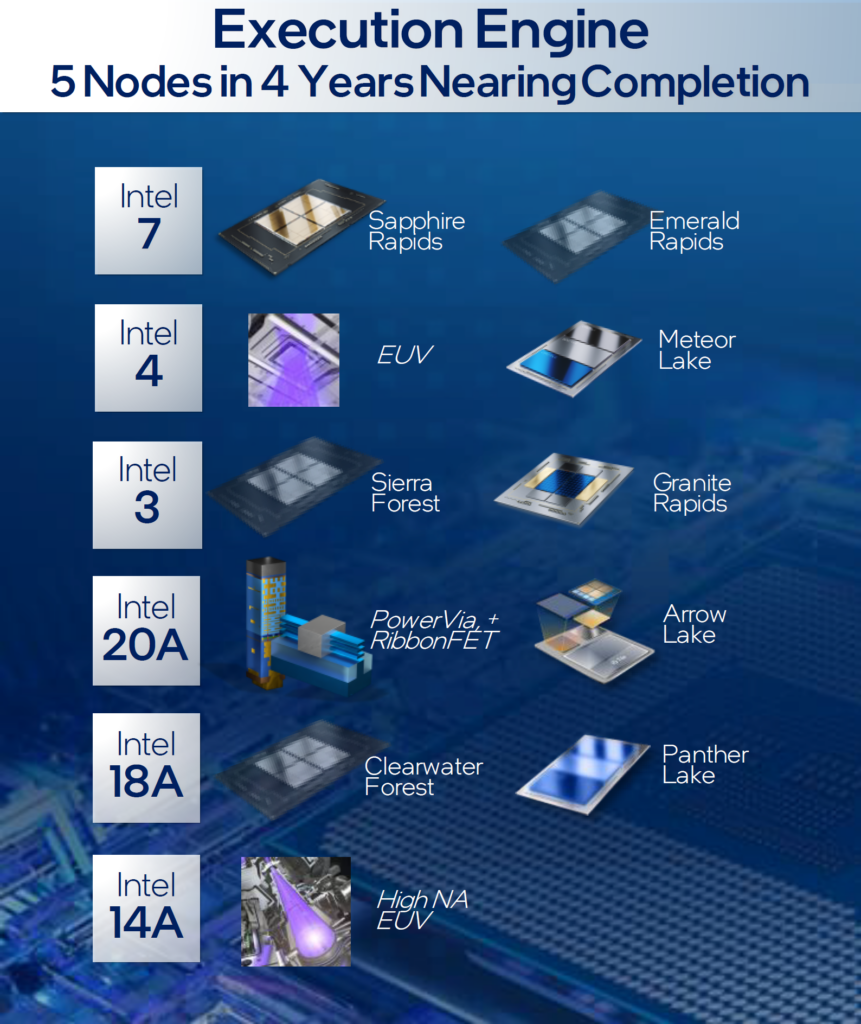
International Business Machines (IBM) will expand its Canadian semiconductor packaging and testing plant with more than CAD1B (USD730M) in investments over the next 5 years. Focused on advanced semiconductor components, IBM’s 800-acre site in Bromont, Quebec, about 50 miles east of Montreal, is the largest of its kind in North America, and home to Canada’s first universal quantum computer. Jamie Thomas, general manager of technology lifecycle services at IBM, has confirmed that IBM’s CAD1B Bromont growth plan will unfold between now and 2029.(CN Beta, Newswire, Bloomberg, IBM, National Post)
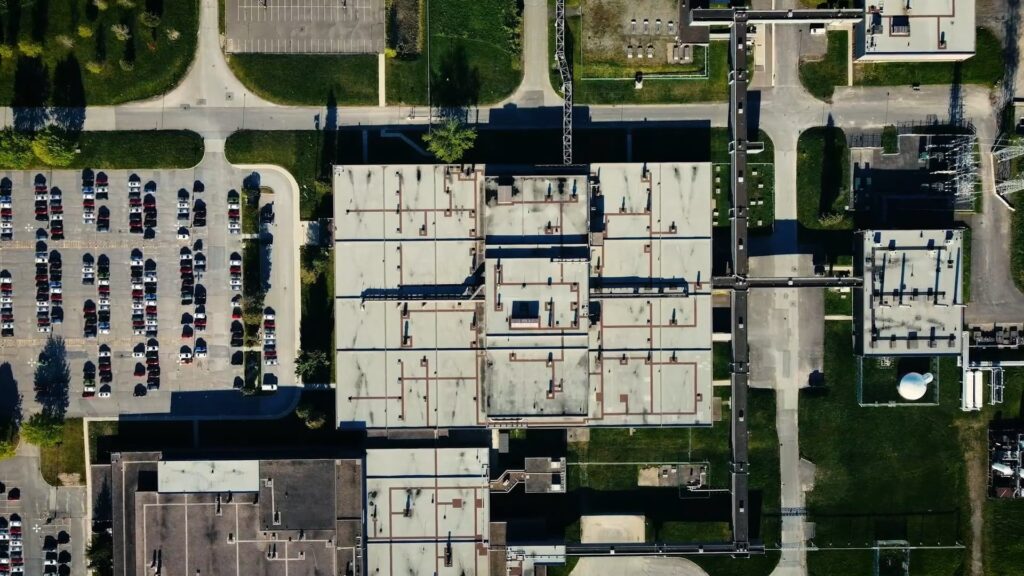
Under US pressure, Dutch photolithography giant ASML will no longer service certain chipmaking equipment purchased by Chinese customers. Former CEO Peter Wennink, who has since been succeeded by Christophe Fouquet, announced the new limitation. Such restrictions “will not have a significant effect on the 2025 to 2030 financials, because it will be a limited number” of Chinese plants that are affected, Peter Wennink said. In Apr 2024, the U.S. government began pressuring the Dutch government to prevent ASML from servicing some of the billions of euros worth of tools it has already sold to Chinese customers, including in some cases equipment whose export was approved or that had been sold before new restrictions were introduced in 2023. (CN Beta, Reuters, Bloomberg, The Register, Yahoo)
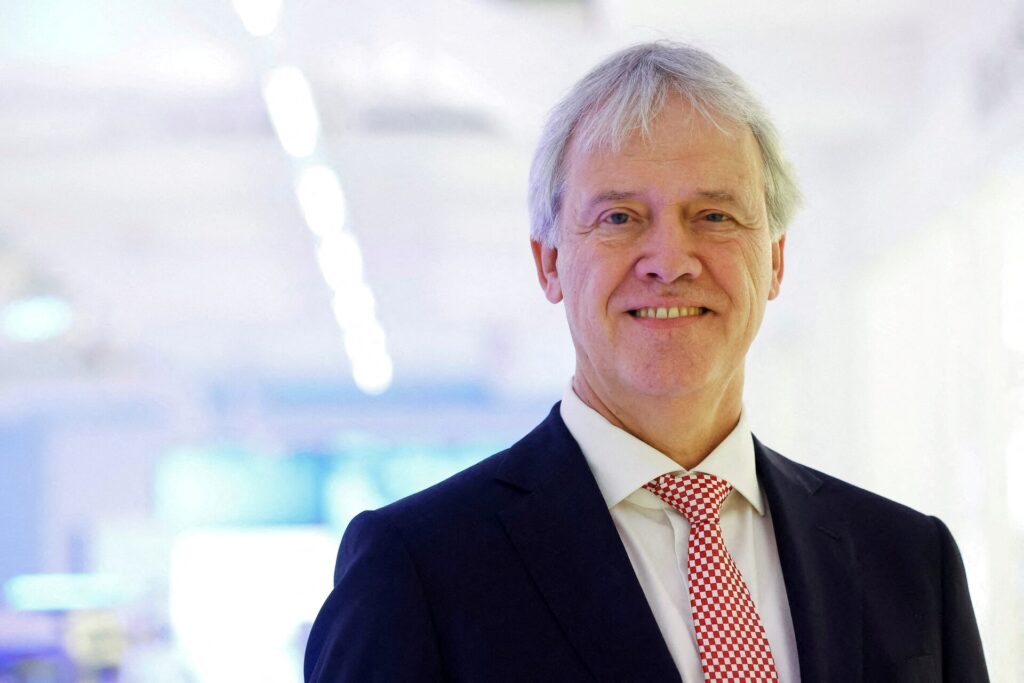

OFilm has disclosed that floating macro modules, periscope telephoto macro modules, sensor based stabilization, variable aperture and telescopic modules have achieved continuous mass production. Additionally, the 10x continuous zoom technology has completed technical research, and is actively researching advanced module and process technologies such as lenses, VCM (Voice Coil Motor), and module process integration, process integration, and design integration. At present, high-end products such as 7P optical lenses, periscope telephoto lenses, dual-group focus lenses, and variable aperture lenses have been successfully mass-produced and have entered the supply chain of mainstream domestic mobile phone manufacturers. (CN Beta, IT Home, OfWeek)


Samsung has maintained the same 5,000mAh battery capacity and fast-charging speeds for various flagship generations falling under the Galaxy S Ultra line-up. The company is rumored to keep the 5,000mAh battery and 45W fast-charging speed of the current Galaxy S24 Ultra on the Galaxy S25 Ultra launch in 2025, which is believed to save on component costs. (CN Beta, Phone Arena, Neowin, WCCFtech, Twitter)

A senior Contemporary Amperex Technology (CATL) scientist named Wu Kai has announced that CATL is aiming for small-scale production of solid-state batteries by 2027. He has said that the maturity level of the technology and the manufacturing process can currently be categorised at 4 on a scale of 1 to 9. CATL wants to be at 7 to 8 by 2027, which is equivalent to the production of solid-state batteries in small quantities. With regard to potential mass production, Wu said that challenges remain, including costs. (CN Beta, The Paper, QQ, CNEVPost, Electrive, Yicai Global)
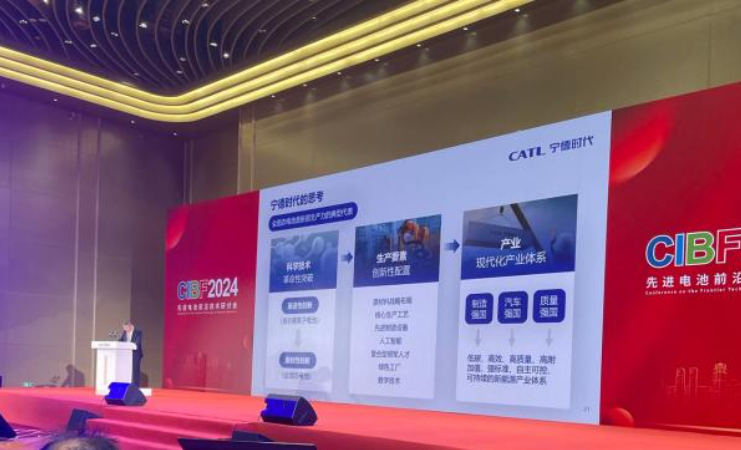
CATL has unveiled Shenxing PLUS—the world’s first LFP battery that achieves a range above 1,000 kilometers with 4C superfast charging. The Shenxing PLUS battery provides users with a super-long range driving experience, exceeding 1,000km. At the system level, the Shenxing PLUS battery pack has a topological structure optimized on top of module-free CTP 3.0 technology, enhancing the packing efficiency by 7%. Through breakthroughs in materials and structure, the Shenxing battery system’s energy density surpasses the 200 Wh/kg threshold for the first time, reaching 205 Wh/kg, making ranges over 1,000km a reality. (CN Beta, CATL, New Atlas)
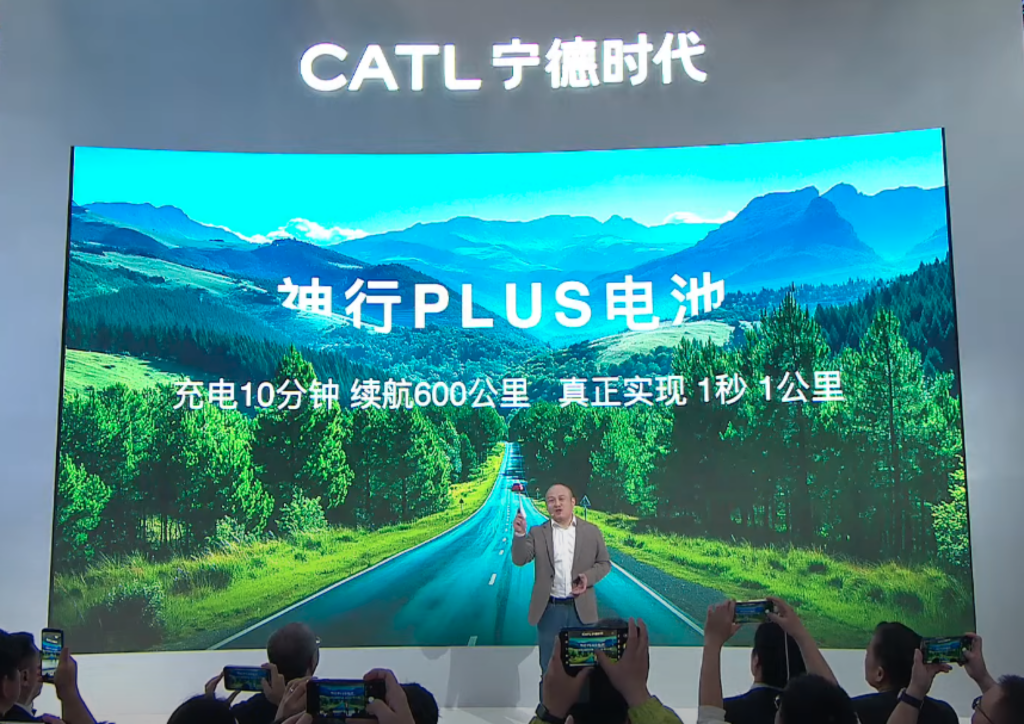

According to Bloomberg’s Mark Gurman, Apple does not plan to launch a second-generation version of its Vision Pro headset until the end of 2026. Apple is allegedly trying to figure out a way to bring a cheaper version to market before then, although the company remains “flummoxed” by how exactly to bring down the cost. (Android Headlines, Bloomberg, 9to5Mac, Twitter)
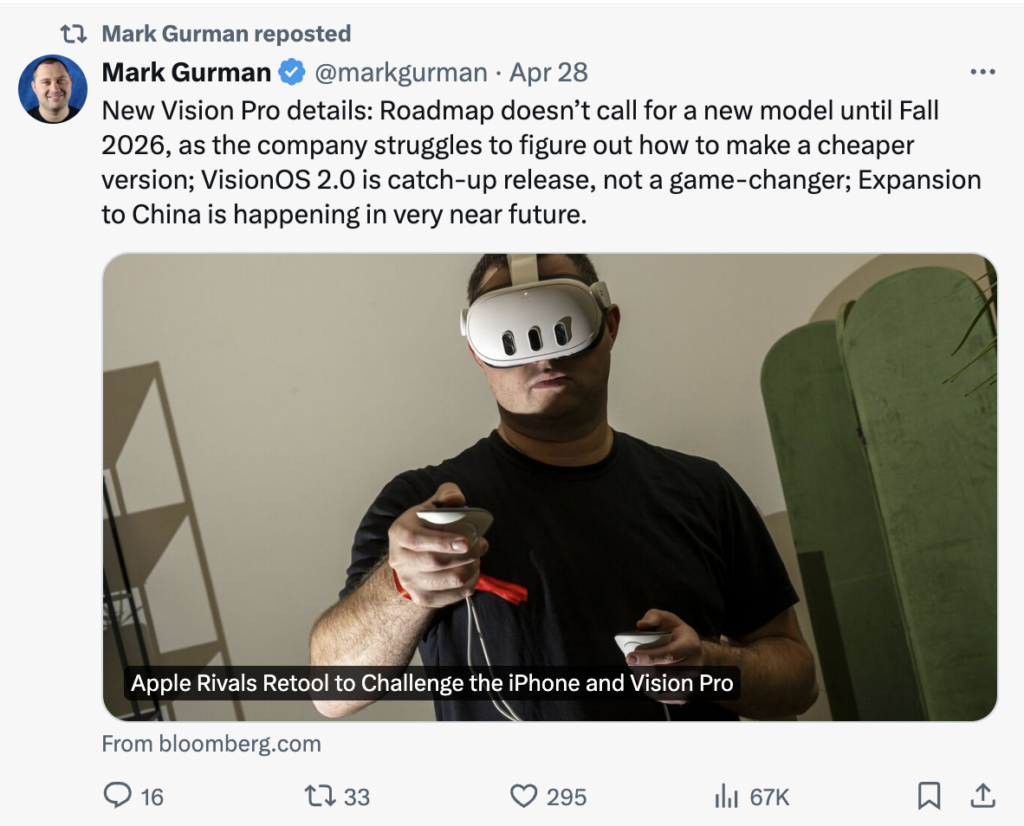

Hyundai Motor and Kia Corp have said the companies have signed a memorandum of understanding (MOU) with Baidu to develop technologies for connected cars. The primary objective of the collaboration is to lead innovation in the connected car market, especially in China’s growing automotive industry. Through this partnership, Hyundai, Kia, and Baidu aim to not only meet but exceed the evolving demands of consumers by delivering unparalleled value through technological advancements. (Gizmo China, Reuters, Business Korea)
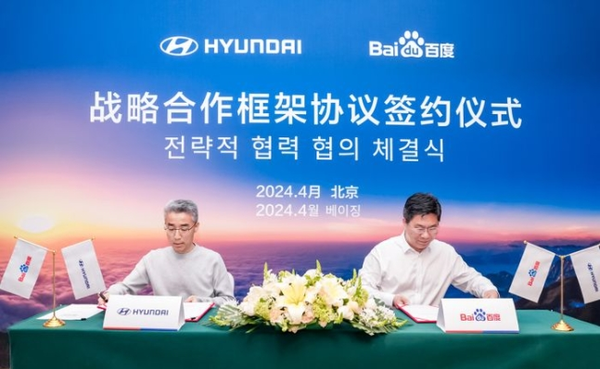

Back in Jan 2024, Samsung announced the Google-developed Circle to Search AI feature for its Galaxy S24 series before Google unveiled the it for its Pixels, signifying a strong partnership between the two companies in the AI space. Google and Samsung are working together on developing new AI features for their respective smartphones running Android. Rick Osterloh, Google’s Senior Vice President for Platforms and Devices has met up with TM Roh, President of Samsung Electronics. Samsung said the two companies are working “towards a shared vision of delivering the best Android ecosystem of products and services” and teased “exciting things” coming up for “the future of AI-powered Android and Galaxy experiences”. (GSM Arena, Twitter)
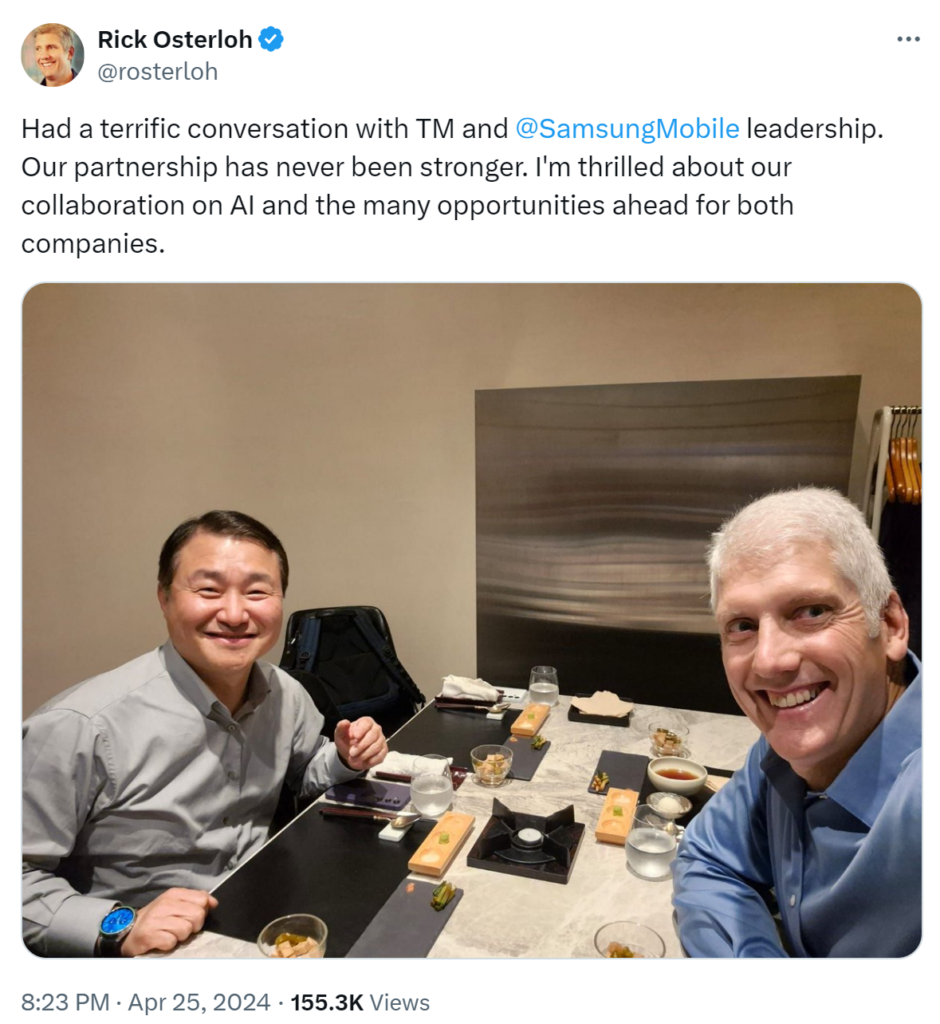
The National Institute of Standards and Technology (NIST), the U.S. Commerce Department agency that develops and tests tech for the U.S. government, companies and the broader public, has announced the launch of NIST GenAI, a new program spearheaded by NIST to assess generative AI technologies including text- and image-generating AI. NIST GenAI will release benchmarks, help create “content authenticity” detection (i.e. deepfake-checking) systems and encourage the development of software to spot the source of fake or misleading AI-generated information, explains NIST. The NIST GenAI program will issue a series of challenge problems [intended] to evaluate and measure the capabilities and limitations of generative AI technologies. These evaluations will be used to identify strategies to promote information integrity and guide the safe and responsible use of digital content. (CN Beta, TechCrunch, NIST, Silicon Angle)
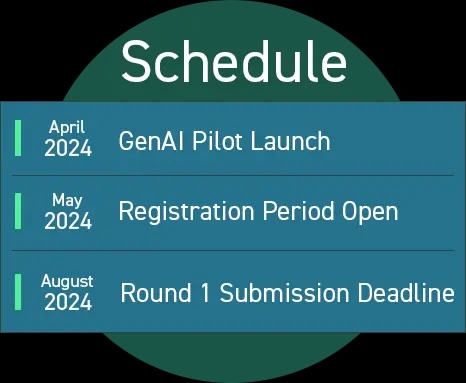
At a juncture in time when Tesla’s CEO Elon Musk is cutting back on investments into new vehicle capacity, he is spending USD10B in 2024 alone to bulk up on AI training and inference, and position Tesla at the forefront of the industry for real-life applications outside of generative AI. He has indicated that any company not spending at this level, and doing so efficiently, cannot compete. Spending on AI inference would primarily be targeted at his range of cars, a possible indication that he is preparing the ground for the next generation of his custom-designed Full Self-Driving (FSD) computer known as HW5. (CN Beta, Fortune, Yahoo, Quartz)
